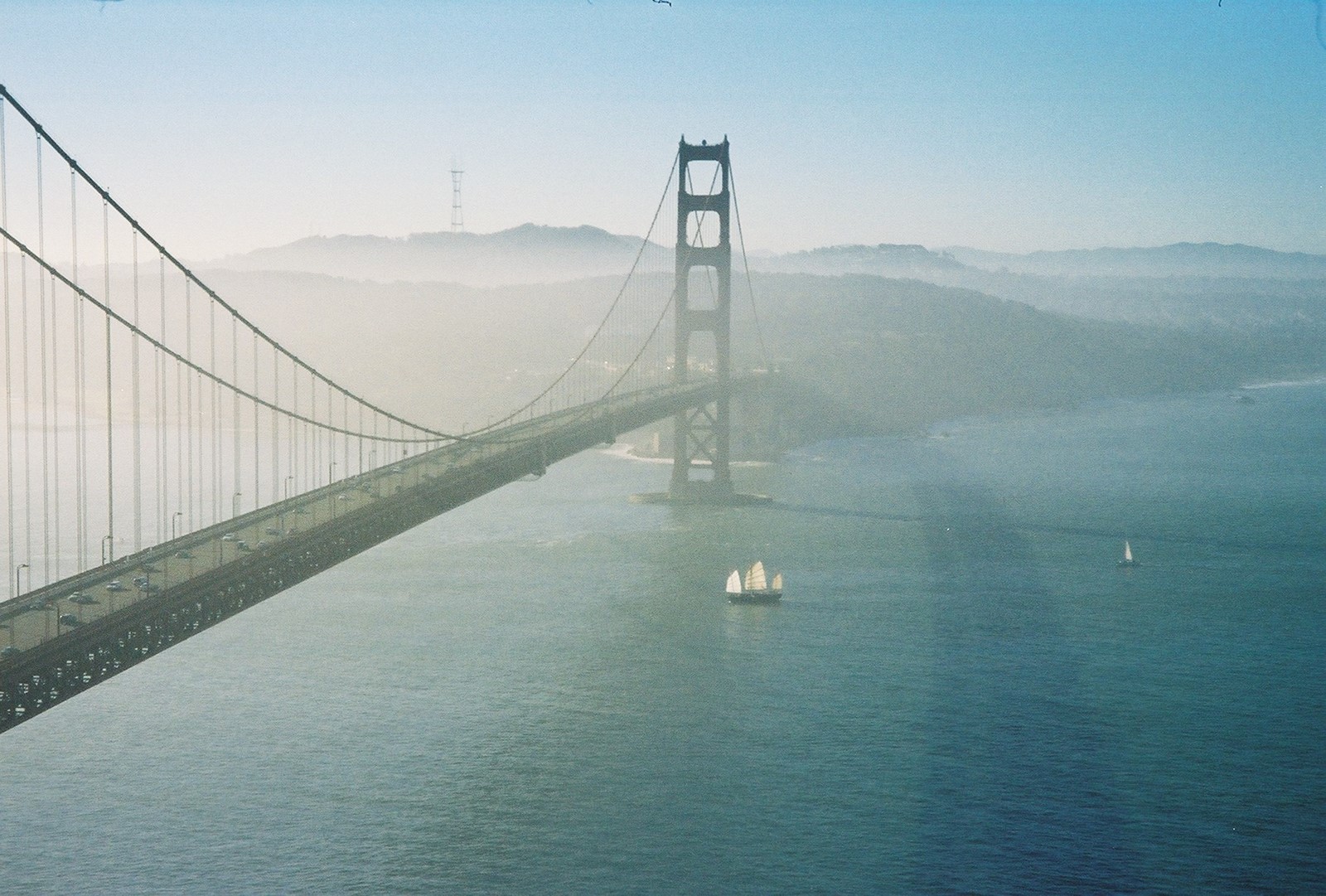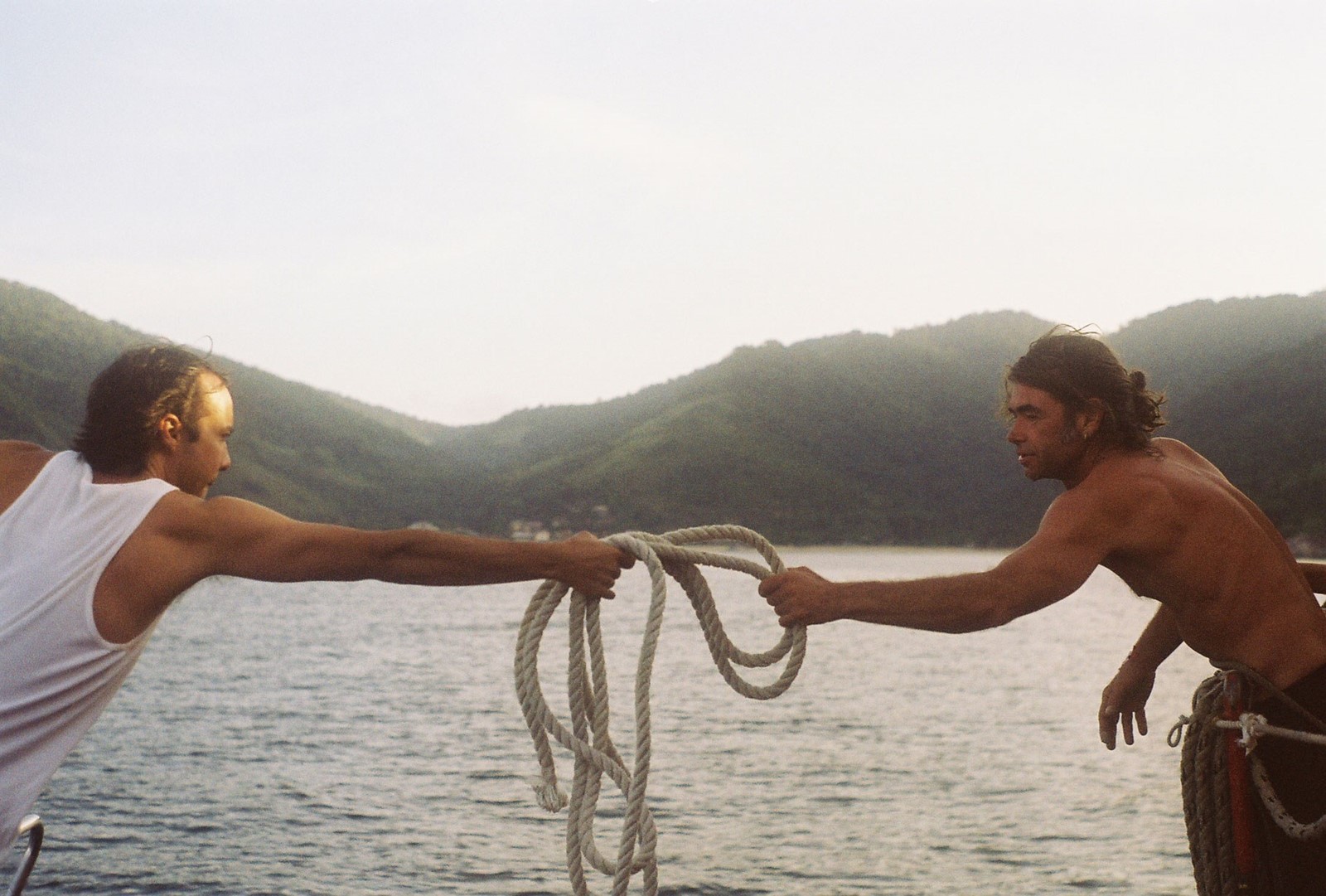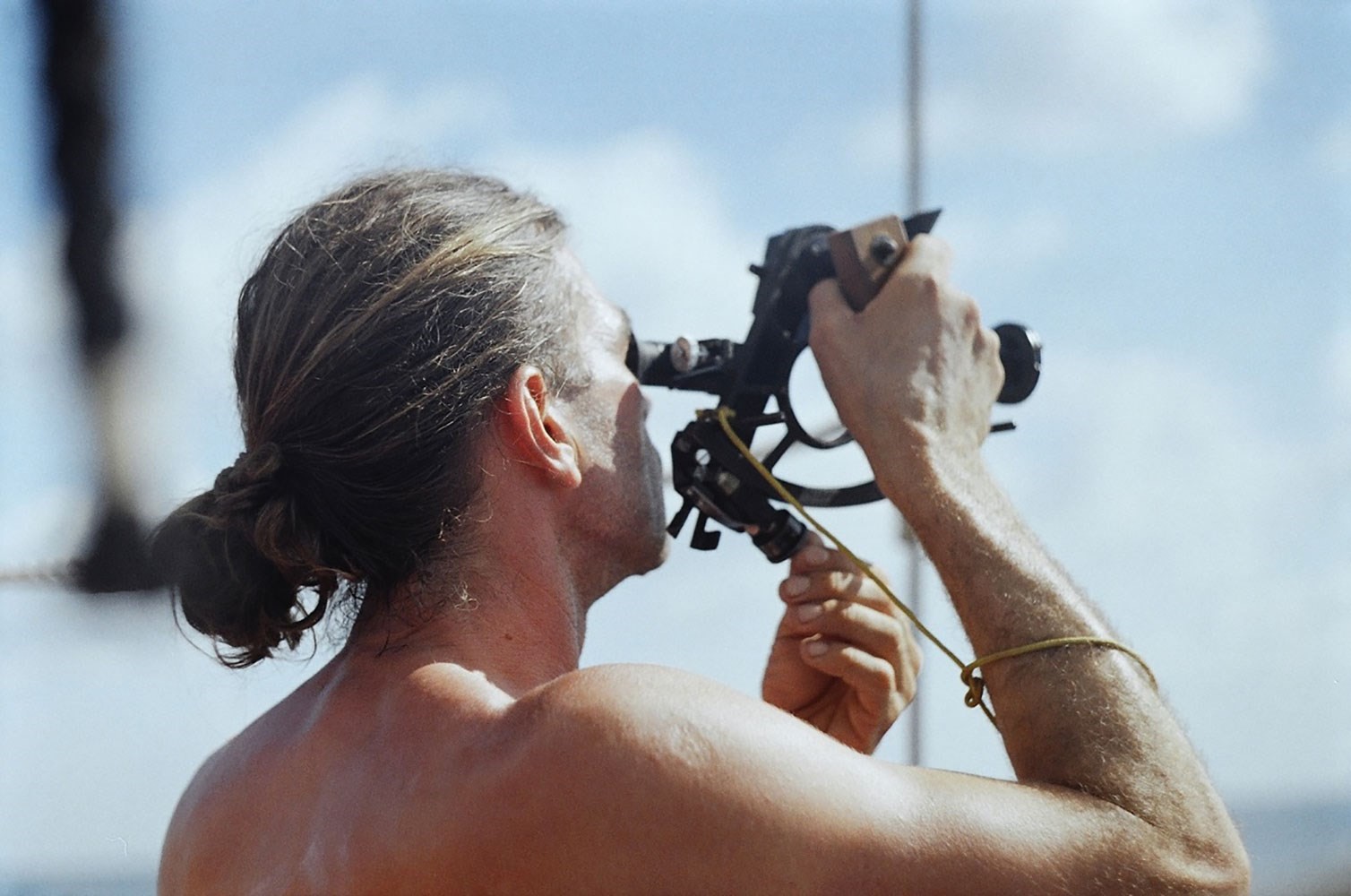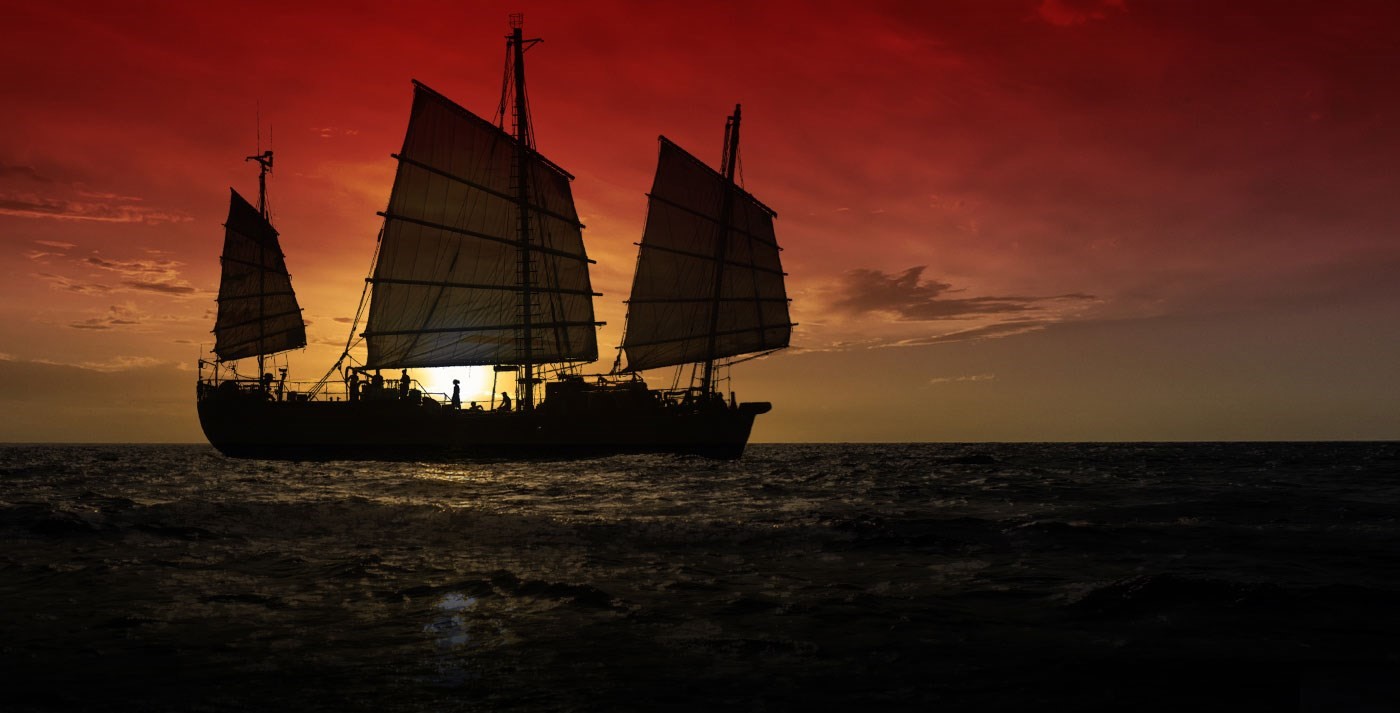“You cannot step in the same river twice,” wrote the Greek philosopher Heraclitus. “Neither the river, nor the human, is the same.” His name makes for an appropriate moniker then for the Research Vessel Heraclitus, a ship built in California in the early 1970s which, since its launch in 1975, has been a nucleus of scientific study, ecological research, and theatrical projects. It is art and science incarnate – and now, 40 years, 12 expeditions and 270,000 nautical miles after its launch from Oakland, California in 1975, the Heraclitus is in the midst of a complete restoration, so that it might continue to serve future generations.
The singularity of the Heraclitus as both an ecological and an artistic project can be traced all the way to its inception in the late 1960s. It was born of a collaboration between the Institute of Ecotechnics, a research organisation co-founded by John Allen, Kathelin Gray and a small group of visionary colleagues in the deserts of Santa Fe, New Mexico in the 1970s, with the intention of harmonising ecology and technology through a series of hands-on educational and research programmes – and the Theatre of All Possibilities – an arts collective which operates under the assertion that fantasy and creativity are a crucial driving force for advancement in other areas. The Institute (a London-based charity which has undertaken nine projects in all biomes, not least the Biosphere II, the Earth systems research facility in Arizona) believes that planet Earth is misnamed; in fact, given that 70 per cent of its surface is covered in oceans, it should really be called ‘Planet Water’. “There is far too little study of the world ocean, and it’s really amazing,” Allen told AnOther. “We think of the Indian Ocean, the Mediterranean, yet it is a world ocean, it’s all connected. So that’s fundamentally what we do, and why everywhere we go we find somebody interested in it.” Naturally, then, the Institute’s mission to better apprehend ‘Planet Water’ necessitated taking to the seas. “We decided in the early 1970s that the best way to really understand that was to build an ocean-going ship,” Kathelin Gray continues. “And by building a ship, we could do anything.”
“We think of the Indian Ocean, the Mediterranean, yet it is a world ocean, it’s all connected. So that’s fundamentally what we do, and why everywhere we go we find somebody interested in it” – John Allen
In spite of their lack of experience in ship-building, the Ecotechnics team came together to conduct research in fields ranging from construction, engineering and design through to celestial navigation and sailing, enlisting experts to help them learn as they went. They landed upon the model of the Chinese junk as their sea vessel of choice in part because it could be created through low-cost, labour intensive methods. Sleeping in the sand dunes near its construction site in the early 1970s, the group salvaged materials from nearby condemned housing and raised awareness, funds and attracted volunteers with their project café, The Junkman’s Palace.

Naturally the arts underpinned the ship’s fabrication at every step of the way; Gray, for example, aligned her responsibilities in logistics – she was responsible for purchasing for the ship’s manufacture – with the artistic direction of performances of the works of Artaud, Brecht and Shakespeare. “It was like a major theatrical installation,” Gray explains. “There was a lot of theatricality going on in the midst of the construction, and the commitment to ecology in order to open windows of possibility for our actions.”
“There was a lot of theatricality going on in the midst of the construction, and the commitment to ecology in order to open windows of possibility for our actions” – Kathelin Gray
She and John Allen were aboard, needless to say, when R.V. Heraclitus finally launched in 1975, and it has scarcely stopped sailing since. Expeditions have taken the ship to every sea but the Arctic; it has circumnavigated the tropical world, spent ten years studying coral reefs, undertaken oral history documentation in the Mediterranean Sea and travelled to the Peruvian Amazon for ethnobotany, among other missions. For the past 30 years, Heraclitus has been headed up by captain Claus Tober – who joined as an adventure- and freedom-hungry young model who had been working for Karl Lagerfeld – and expeditions chief Christine Handte – who realised when looking at one of Yves Klein’s famous blue works at an art exhibition in Italy, aged 19, that she wanted to spend the rest of her life living on the ocean. They work alongside a dedicated crew of volunteers – explorers, artists, scientists and students – who live on it all year round. As such, the Heraclitus is both a home and an epic floating artwork, perpetuating multidisciplinary interactions to promote communication and understanding of our planet and its inhabitants.

As soon as the restoration is complete, R.V. Heraclitus will set out for West Africa and Brazil, where it will engage in actions with local artists dealing with subjects from forced immigration and displaced peoples to the slave trade, while simultaneously carrying out ecological assessments of the coasts and conducting water sampling. Its work has never been more crucial. “Entering into a city by sea is completely different from entering by land or air,” says Gray. “Cultures are changing rapidly; ecological devastation follows cultural devastation, and vice versa. And now, in the open ocean, we experience the currents changing with global warming, and the plastic continents created by waste. I am convinced that we humans must evolve to be able to sustain our own species, and sailing with a multicultural and multidisciplinary crew to ports and across open seas is our way to understand how to be better stewards of this planet.”
“We are restoring our precious vessel for generations to come, to enable others to have meaningful experiences in culturally diverse actions and manifestations” – Kathelin Gray
First, though, the work. The reconstruction of Heraclitus’ hull is already well underway, but in order for the ship to meet its predicted launch date in 2018, it must raise further funds. To donate to its restoration is to become part of a vital legacy of exploration and scientific achievement. “We are restoring our precious vessel for generations to come, to enable others to have meaningful experiences in culturally diverse actions and manifestations,” Gray explains. “For future generations to understand what it means to live on planet ‘Water’, and also as a kind of continuance of a symbol that started in the 60s and 70s on into the future. It’s an artwork, and it’s also a living icon.”

Film clip from artist Ralo Mayer’s video essay Space Post Colonialism.
For more information about how to contribute to this effort, visit the R.V. Heraclitus website.
